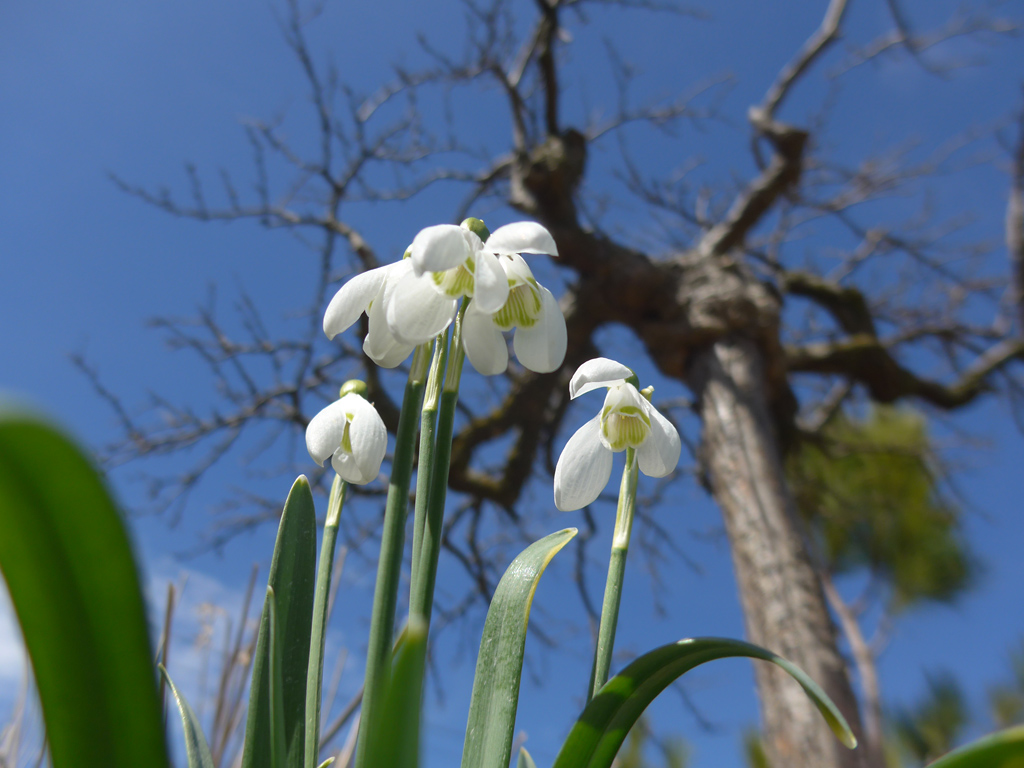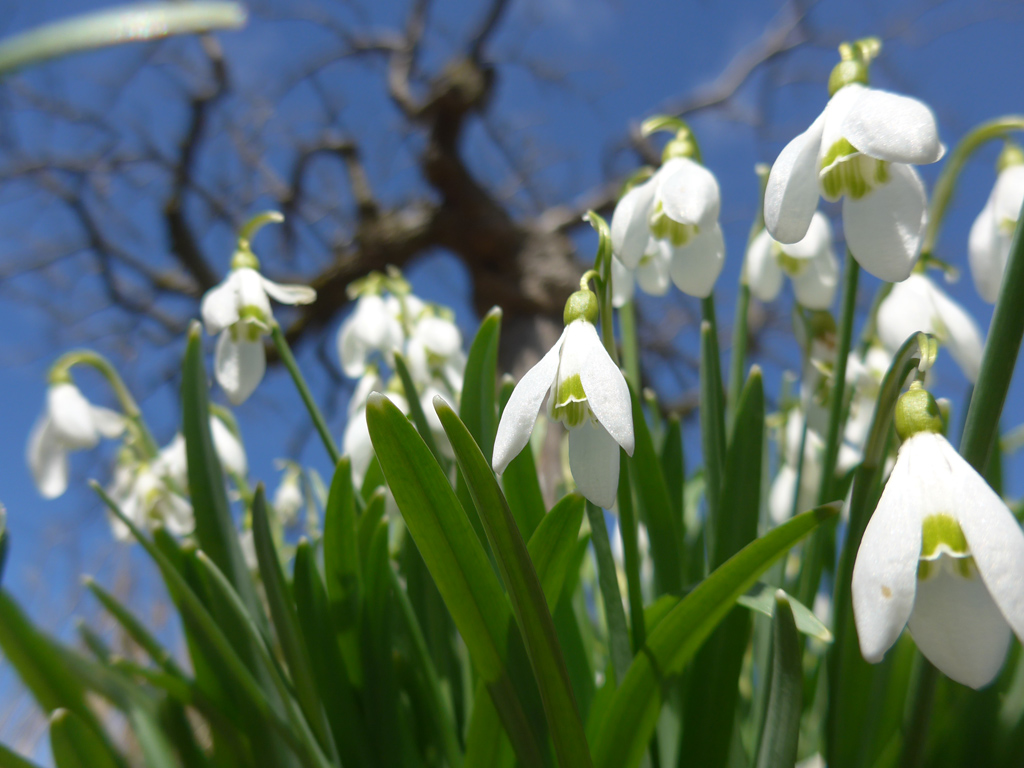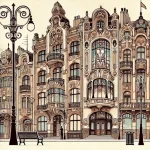Snowdrop – Art Nouveau Flowers
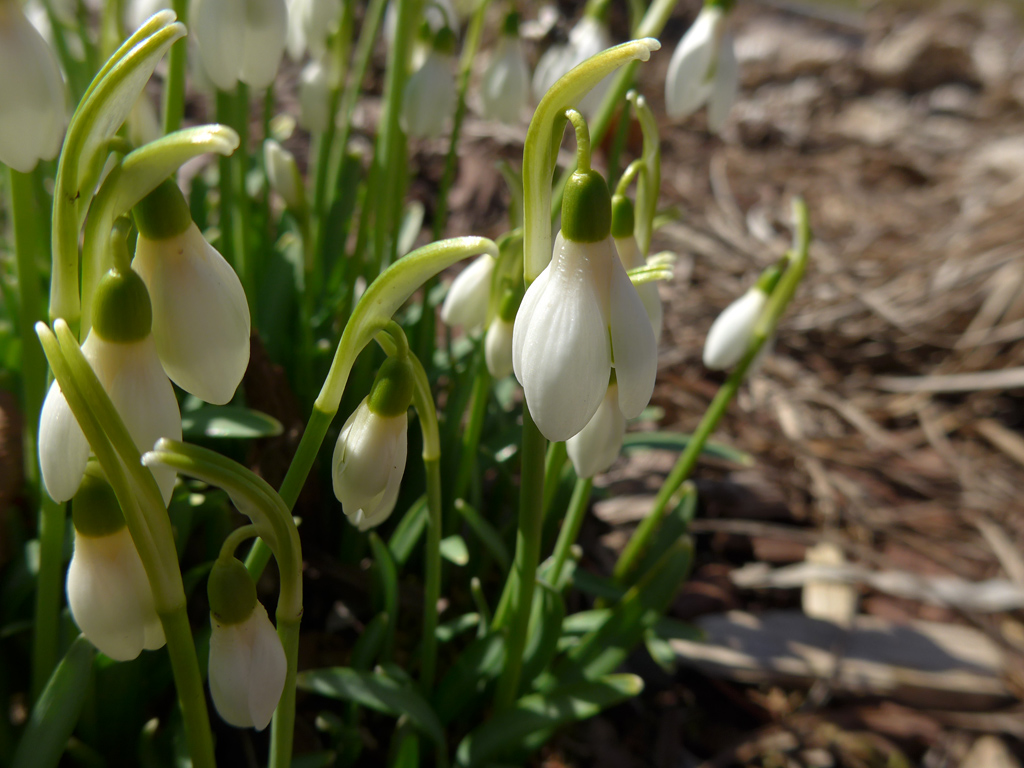
Snowdrop plants are among the earliest flowers to bloom after the long, cold winter months. As the snow begins to melt and the landscape remains barren and lifeless, these delicate flowers emerge, bringing the first signs of spring. Their resilience and ability to bloom in such harsh conditions make them a symbol of hope and renewal. When most other plants are still dormant, snowdrops stand out as a testament to nature’s quiet persistence.
The beauty of snowdrops lies in their elegant simplicity. Their pure white, bell-shaped flowers, often referred to as "lanterns," dangle gracefully from slender green stems. This contrast between the bright white blooms and the muted tones of early spring makes them a striking sight in gardens and woodlands alike. Their delicate fragrance further enhances their appeal, making them a favorite among nature lovers and garden enthusiasts.
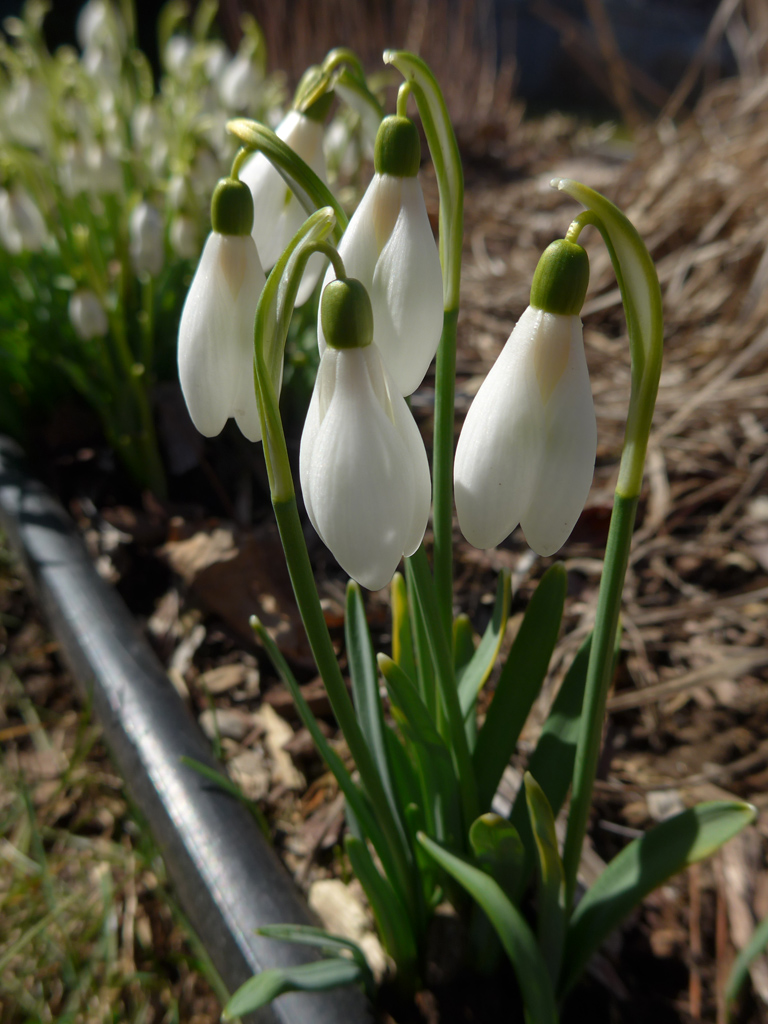
As perennials, snowdrops return year after year, gradually multiplying over time. Once planted, they require little maintenance, and their ability to naturalize means that new flowers will continue to appear each season. Over time, clusters of snowdrops spread, carpeting the ground with their pristine white blossoms and creating a breathtaking display. Their persistence and ability to thrive in cold conditions make them a symbol of endurance and renewal.
Beyond their presence in nature, snowdrops have also been an artistic inspiration. During the Art Nouveau period (1890–1910), their graceful form was frequently depicted in illustrations, decorative vases, and sculptural designs. The elegant curves of the snowdrop flower fit perfectly with the flowing, organic lines characteristic of Art Nouveau style. Whether in stained glass, jewelry, or ceramics, snowdrops have left their mark as a timeless artistic motif, celebrated for their delicate charm and natural beauty.
Examples of Snowdrop - Art Nouveau Flowers
